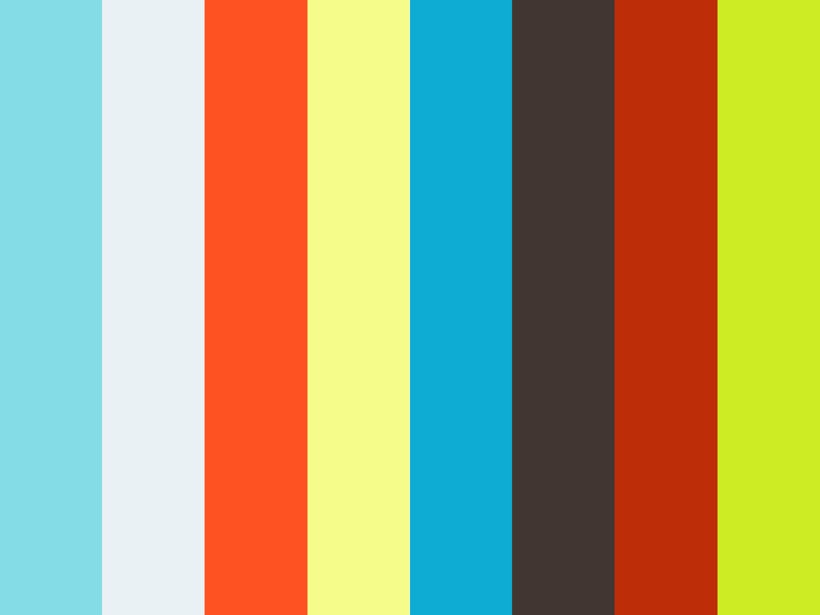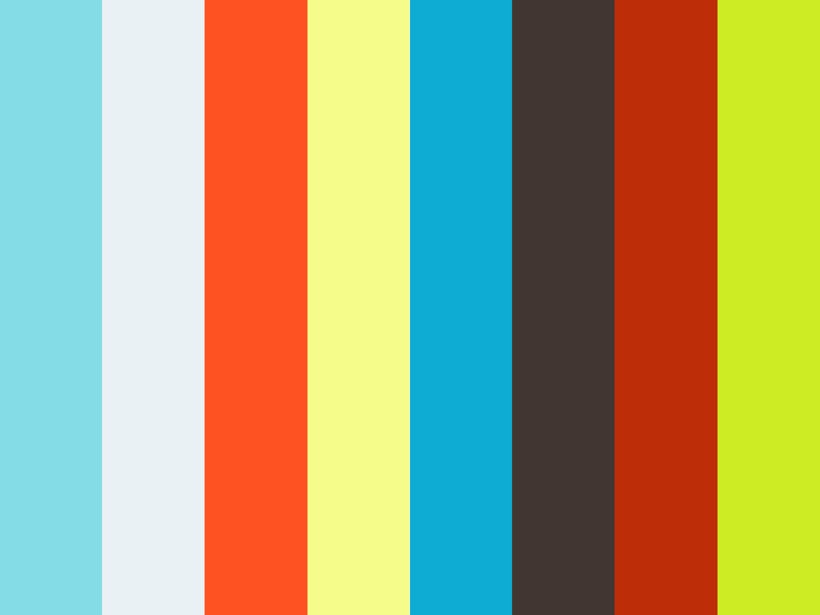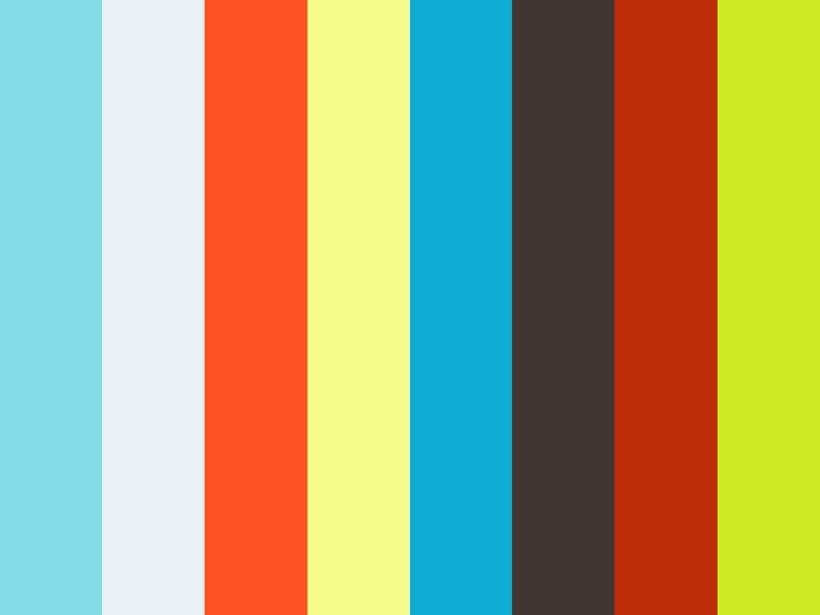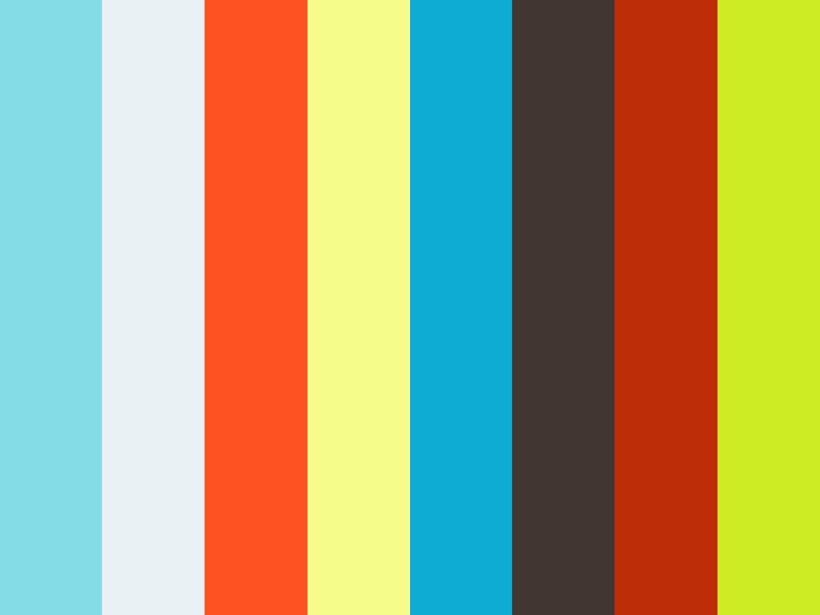The Path to Establishing an Independent Studio, by BASA

Creativity and hard work have led to success in this Mexican multidisciplinary studio
Success, defeat, achievements, and failures are pillars of our training as professionals. That is why we talked with Diego Huacuja "Deachete", an illustrator and animator who, since 2010, is also the director of BASA, a studio located in Mexico City. BASA has become a well-known name all around the world thanks to projects ranging from music festivals and art for events and music videos to animations for TV stations such as ESPN and Discovery Channel or collaborations with human rights organizations.
We spoke with Diego about the origin of the studio, the problems they faced in establishing a customer base, and the learning involved in achieving a solid workflow as an independent studio in the world of illustration, design, and animation:
Who makes up BASA, and how were your beginnings in illustration, animation, and design?
The studio has gone through several stages. We are currently a team of eight: Jesús Vargas, Alberto Bala, Eduardo Moya, Melissa López Ley, Daniela Espinosa, Emilia Schettino, Alberto Corona and myself, Diego Huacuja. It all started with the idea of making noise and the search for an identity, nine years ago. Before that, Humberto and I used to work at Televisa, and that's where we came up with the idea.
I was already doing some freelance work the year before we left Televisa. A project for Cinemex knocked on my door, and it was the perfect excuse to start working together as if we were already an established studio. We called ourselves República and teamed up with Gabriela Badillo. After that project, Humberto and I stayed, changed our name, and that's how BASA was born.

Where does the name BASA come from?
There are two versions: a long one and a short one. BASA comes from the Latin Basis, which is the base of the columns in ancient Greece. We began distorting the word like a game, aiming to describe the basis of "something"; we place our "base," which is graphic design so that it supports everything else we do.
The short version: BASA is the name of the cheapest fish you can order on the market. Neither is completely true. It does not mean anything, it was just a name that could be easy to pronounce here and abroad.
Why did you decide to focus the studio on the multidisciplinary?
It happened naturally. Today we all mix disciplines in our work. Design forces you to be multidisciplinary by nature, not by choice, but I'd say that illustration and the more artistic side of our work have defined this multidisciplinary approach. Working as an illustrator helped me strengthen and spread this dynamic with the other team members and market it as a studio.

Was it difficult to combine everything to find what sets you apart? How would you define BASA's visual style?
I like reading the question this way, pointing at "something" that sets us apart. I am so immersed in the day-to-day of the studio that I find it hard to define ourselves. Without giving it much thought, I'd say that the best description of the studio came from the Ecofilm festival creator, Emmanuel Acha –yes, the singer!–
We went to see him, trying to secure a project to make Ecofilm's promotional short movie. We got to the meeting, sat down, and wait. After a while, Emmanuel arrived. We introduced ourselves and played our reel. When it finished, he turned on the lights and with a slightly strange face, told us: "Okay, guys, what you have is pretty awesome but... it's very... it's very dark, and Ecofilm is not dark, it is life, it is light, it is nature". Obviously, we didn't win the project, but we loved being dubbed dark by Emmanuel himself.
What type of projects is the study currently focused on?
There is a particular project that I have tried to strengthen lately. It's focused on our structure, business, vision, and mission. It will allow us to define ourselves better without losing the originality that makes us competitive within the industry.
Years ago, when you started this project, what was the strategy you followed to establish yourselves? What was your initial approach? Did you look for clients directly or did you do more artistic and personal projects?
Beginnings always bring weird sensations. At that moment, it felt incredible because there was a lot of freedom and motivation that helped us grow professionally. In the beginning, you have to survive and learn to fly. However, the vision that I’ve had since day one is to make noise and earn a place in this both wide and narrow medium that is design and animation. The artistic side has brought us commercial work and vice versa. They’re never against each other.
Every personal project has made a big difference in the studio and me, I try, one way or another, that others inside the studio can show theirs the same way, and together create this community of artists.
When they run out of projects, what do they do? Or is there some way to never stop?
We have a lot of work. Work begets work. One of my short-term objectives now is to carve some time for ourselves and generate new personal projects that attract new clients, but with a different approach, not only at the studio level but at the individual level as well.

Many people know of BASA thanks to the LAD Award for Magnificent Moments of the Machitos. Could you tell us more about the project, when was this idea born, and how was it developed?
I had been recording the city police officers for a while.hen making that gesture with their hands, I always imagined that they could be waving to someone. The project went from being an idea to becoming an animation when I was invited by Picnic magazine to contribute with a piece focused on the concept of "magnificent."
I said yes, mainly because I already had something halfway done. It took me a few days to search through my videos, draw the characters, and record the voices with my cell phone. I wrote the script as I was subtitling it. It was totally improvised, that's how it was created. I love showing it because the reactions of those who see it are super varied. Some laugh a lot, some only make faces, and there's always the one who doesn't laugh at anything and hates it. It is the project that has given me the most amount of satisfaction and frustration at the same time.
I did it in 2012 but never submitted it to a contest. I sent it to Stash, and they featured it. The London Animade studio also published it on their blog because they found it very funny. Then, one day, I decided to submit it to LAD just to see what it could happen.
Analyzing your first and last project, what have you learned over the years?What has changed for better or for worse?
I love the first project we did; it is the genesis of this timeline where we now can see everything we've been through and where we are. We are sponges, trying to absorb everything we can from learning, from what is currently happening, from what we want and do not want. I cannot tell you what has changed for the worse in the studio because, well... what can you do?
From your perspective, what do you think of the current Latin American illustration industry?
I am like the guy who is in love with a girl and when she asks what kind of music he likes, says: "I like Mogwai, Deftones, but I also really like salsa, and lately, I have been listening to Bill Laswell, then that "Sorry" song by Justin Bieber...". I like everything. It is too much, there is a lot of influence from everyone, and I like it. But the more different one artist is from the rest, the more I tend to like it.
What has been BASA's biggest failure? How did they pick themselves up, and what did they learn from the experience?
At first, we also offered 3D services, and that was my partner's responsibility. After four years, many things happened at once and we were forced to close down the company. It was a very quick decision, and everything was done in a hurry. It was like going through a divorce: organizing everything, leaving the place that had been our home, and then the bitter pill of firing those who were on the team.
It was super frustrating, stressful, and very uncertain. However, I decided to stick with BASA even if that meant doing it alone. I describe it as getting addicted to drugs because it was like a train derailing and, in the end, hitting that inevitable bottom. I spent almost a full year rethinking and rearranging things in my head, both personally and as a studio. I even came to think of killing the whole thing and create something else new.
Emotionally I felt in limbo, without light, without knowing where to go or which direction to take, but at the same time, I never completely stopped.
I continued working on a few projects, paying self-employment taxes and supporting myself, like a dog in the rain: trembling but standing up. Gabs, my lady, helped me a lot. She and I do the same, but she leads the studio Hello Combo. Finally, the workload ended up being too much, so I decided to put together a new team of which I can proudly say: it is the team that I always wanted to have. They are all very valuable and talented people and, above all, they have a perspective similar to mine.
The fall I had after the first four years helped me establish myself from scratch and build everything with a better plan, but without setting aside improvisation.
You may also like:
- Planning and Management for a Creative Studio, a course by Enrique Rivera.
- Branded Content and Content Curation for your Personal Brand, a course by Carla González and Eva Morell.
- Freelance: Keys and Tools to Find Success as your Own Boss, a course by Martina Flor.












0 comments